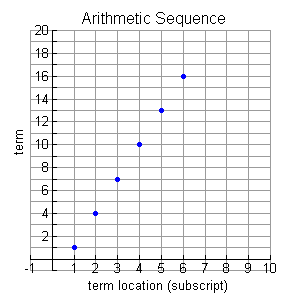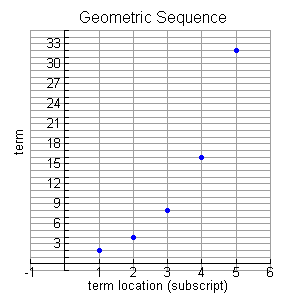This week in Precalc I learned the acronym to help you when determining how to handle quadratic equations and trinomials: CDPEU (Can Divers Pee Easily Underwater). This acronym means Common Factors, Difference of Squares, Patterns, Easy, Ugly.
To start, you try and look for any common factors, which is pretty self-explanatory. If there are common factors, you’ll be able to reduce it right there before factoring.
Then, you see if there is a difference of squares, which also quite clear in what you need to do. If there is a difference of squares, you can factor it like so: a2 – b2 = (a + b)(a – b).
Next is patterns, which is telling you to look for a basic pattern such as a trinomial layout like:  a number.
a number.
After that, see if it’s an easy question, where you can factor it easily with two numbers that multiply to the end term and add to the middle term.
Finally, check if it’s an “ugly” expression, meaning you’ll need to do some more work to solve that specific question, such as grouping or guess and check.
All in all, that’s the best way to identify and figure out how to solve various equations and expressions.





